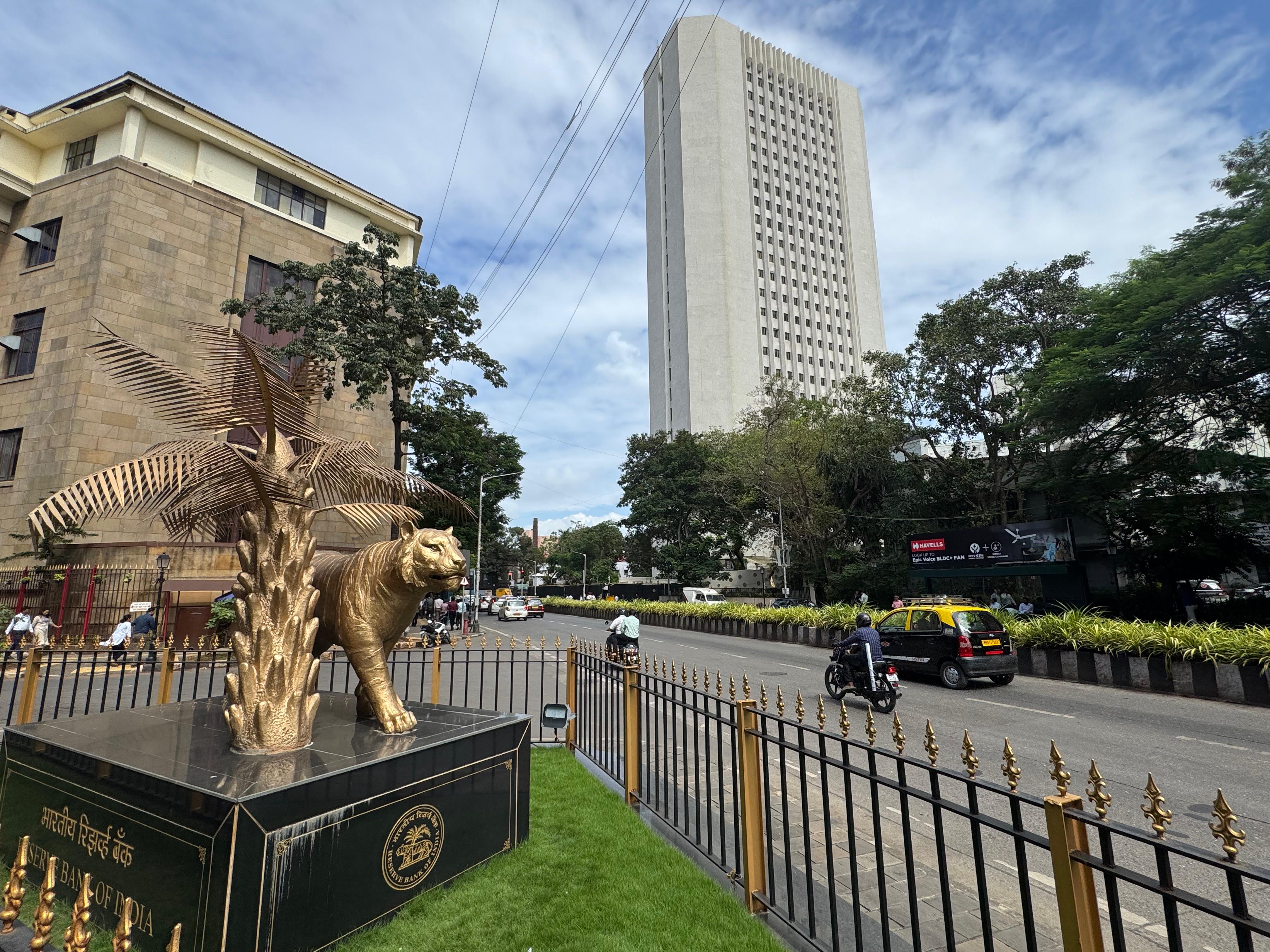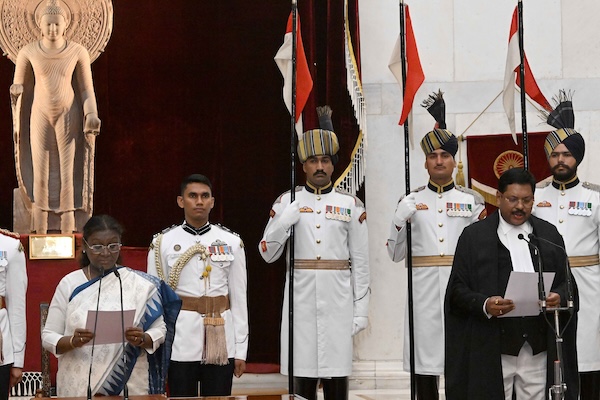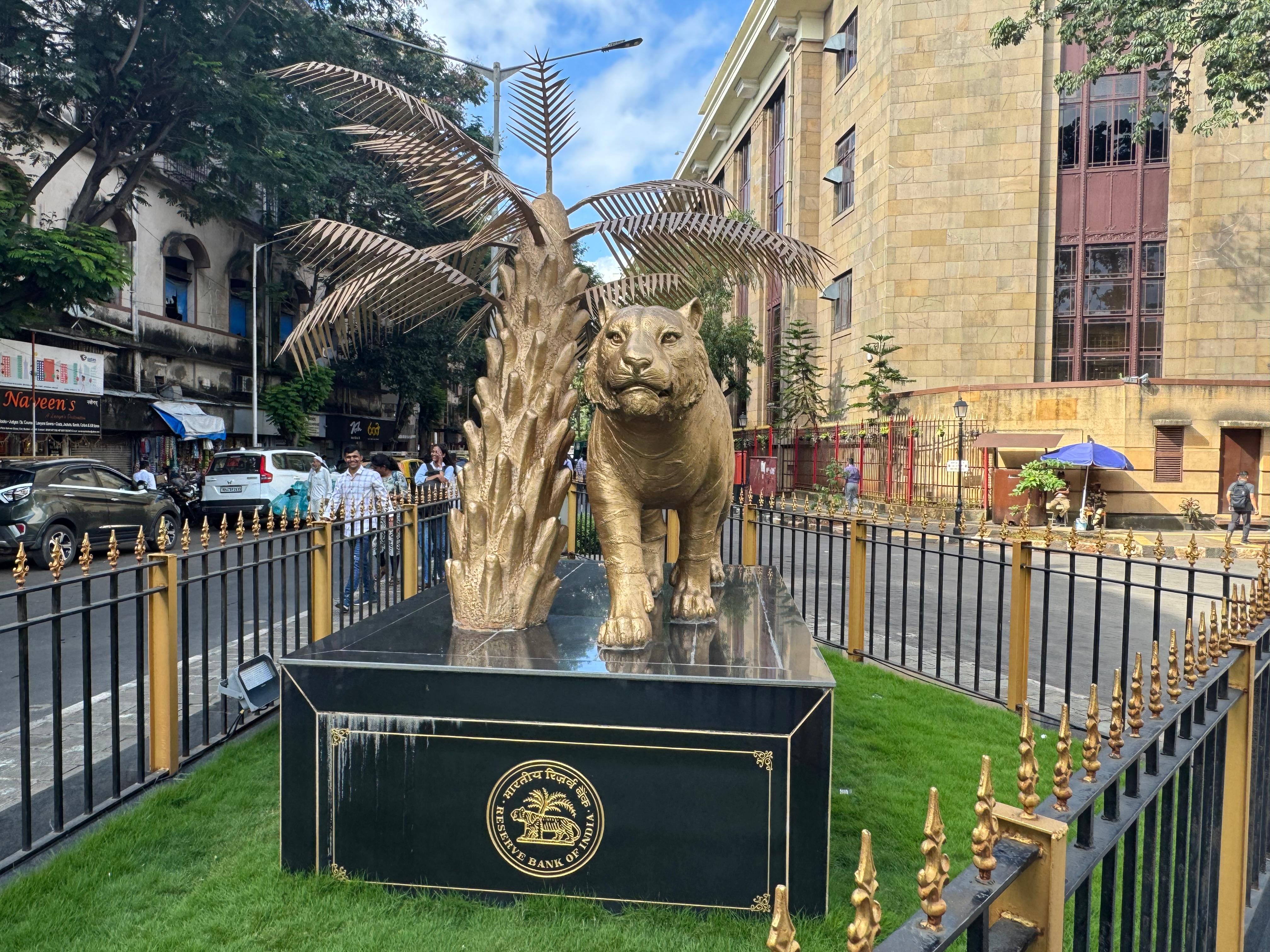.png)
RBI’s Silence Makes its Cheque Reform Harder to Clear
The central bank’s ambitious same-day cheque clearing plan has stumbled at launch. The real problem isn’t just about technology; it’s about communication, too.

By Mint Owl
Mint Owl tracks markets and policy with a steady eye, offering clear analysis on the choices shaping India’s economy and financial system.
October 14, 2025 at 3:36 AM IST
The Reserve Bank of India’s bold attempt to drag cheques into the real-time age was always going to be an operational tightrope. But just nine days after its October 4 launch, the system is wobbling badly. Across India, customers and businesses are fuming that their cheques remain uncleared for up to a week. Banks, unprepared for the scale of the shift, are facing a predictable mix of human error, confusion, and poor coordination.
The initiative, though encountering early hurdles, stems from the RBI’s long-standing effort to modernise payment systems and reduce friction in traditional banking channels, a journey that has placed India among global leaders in digital transactions.
This was never going to be a seamless rollout. Yet the absence of timely communication from the central bank has allowed a manageable transition issue to snowball into a perception challenge. For an institution known for its communication discipline, the RBI’s quiet approach, though consistent with its traditional style, has unintentionally amplified uncertainty in the banking system.
Reports from across the country show that several bank branches were unclear about timelines, with staff unaware that same-day cheque scanning and transmission were now mandatory. Cheques missed the processing window; clearing batches were delayed. In the middle of the festive season, with Diwali approaching, the timing could not have been worse. Small businesses, according to reports, are struggling with delayed supplier payments. Cooperative bank associations have apparently already written to the central bank requesting a deferment of the new system.
To be fair, no regulator can foresee every operational hiccup in a reform of this scale. Even with pilots and dry runs, the complexity of a live clearing ecosystem, spanning commercial banks, cooperatives, and the National Payments Corporation, ensures that surprises will arise.
The RBI deserves credit for envisioning same-day cheque clearance in the first place. Only a handful of countries have achieved real-time or near-real-time settlement for legacy paper instruments, and the initiative could yet make cheques relevant again in a world dominated by instant digital transfers.
A short public note, or even an off-record briefing to major media outlets, could have acknowledged the transition pain and reassured both banks and customers. The absence of such outreach has understandably fuelled uncertainty, though it remains easily remedied through transparent messaging and reassurance. In today’s social media–driven environment, perception can erode credibility faster than policy can repair it.
The central bank might consider clarifying that teething issues are being reviewed and signal openness to industry feedback or temporary adjustments. Even a measured statement recognising the operational strain on smaller banks and their customers would reinforce confidence in its stewardship.
There is also a broader lesson here about communication in the age of real-time payments. As India’s financial infrastructure becomes faster and more interconnected, operational glitches can ripple across the economy in hours. A regulator’s silence, once seen as dignified restraint, now risks being read as deliberate patience in a world that expects instant reassurance. Markets and consumers expect dialogue, not distance.
The RBI has earned global respect for its stewardship of digital payments through the Unified Payments Interface, one of the fastest and most inclusive systems in the world. That success was built on trust—and trust depends as much on clarity as on competence.
For now, the central bank can fix the current turbulence with better messaging and coordination. The same-day cheque initiative is a sound reform whose introduction has encountered predictable teething troubles. What is at stake is not just the smooth clearing of cheques, but the confidence in an institution that has long set the standard for operational excellence.
India’s payments revolution owes much to the RBI’s foresight and steady hand. With a touch of transparent communication, this reform too can become another example of the central bank’s ability to adapt and strengthen public trust in real time.
For a central bank that moves billions of digital transactions every day, it should not take this long to clear the air.


